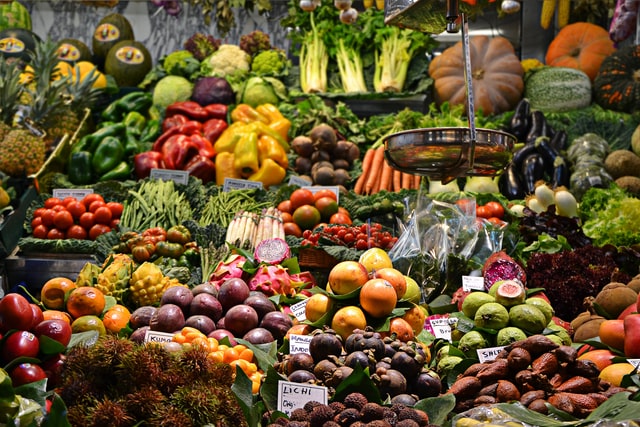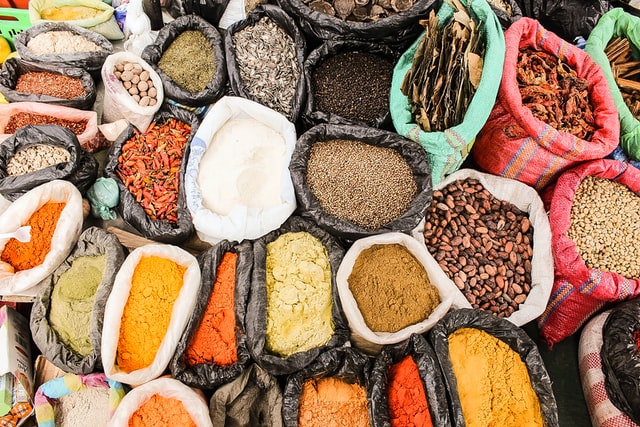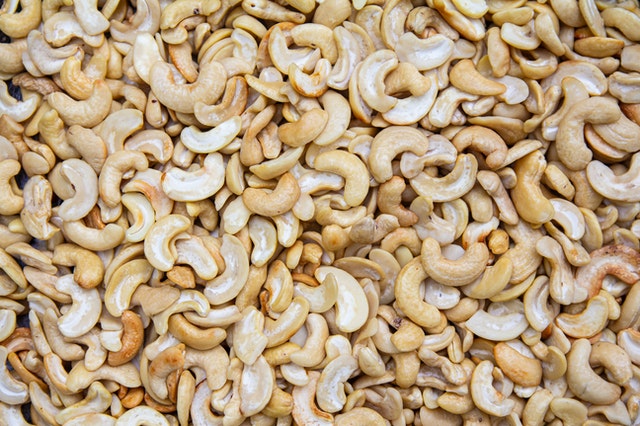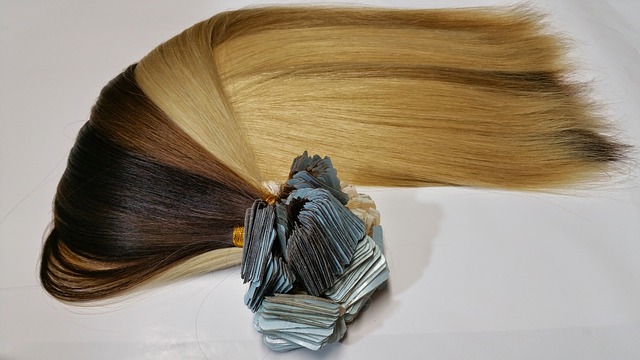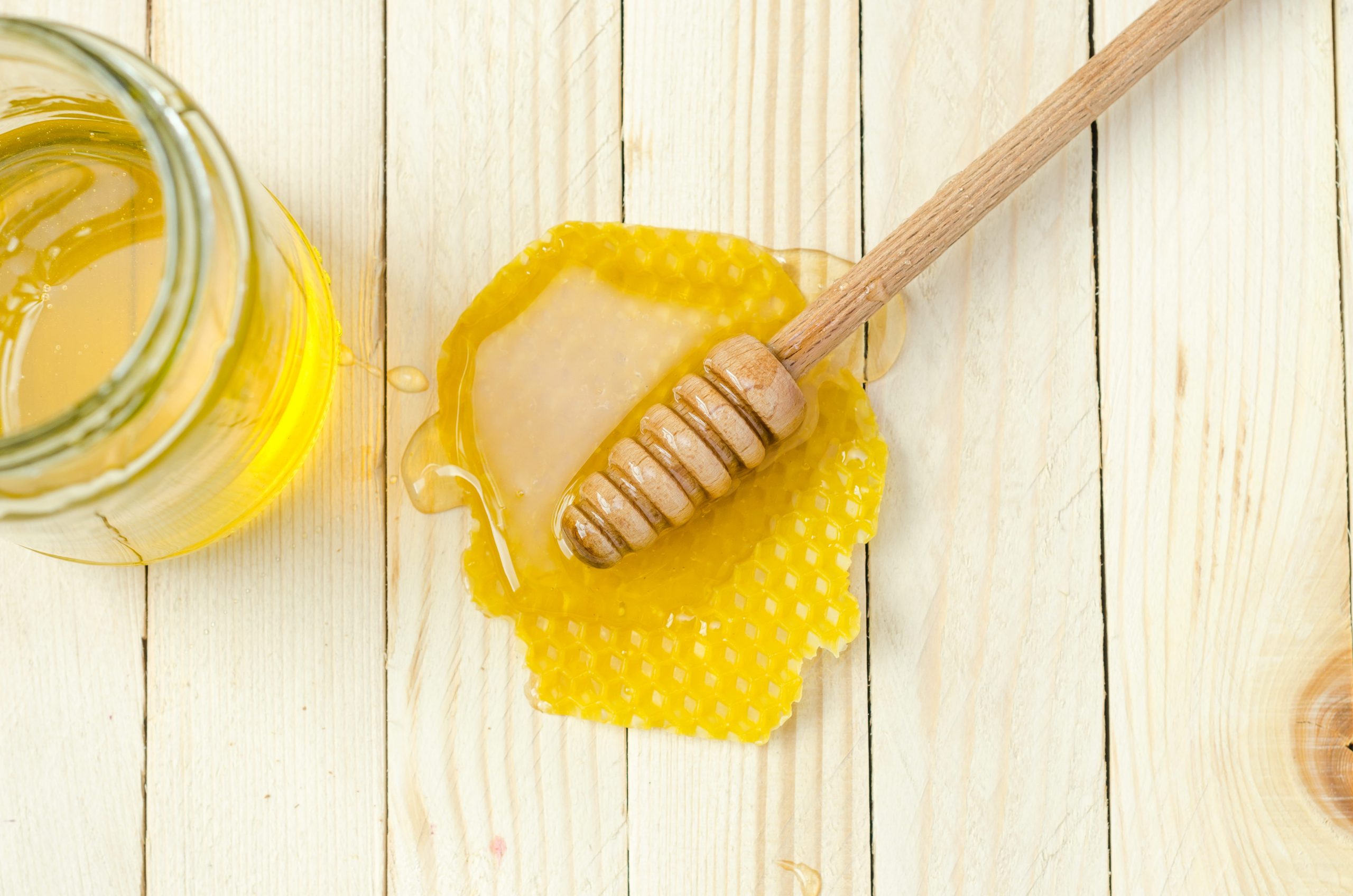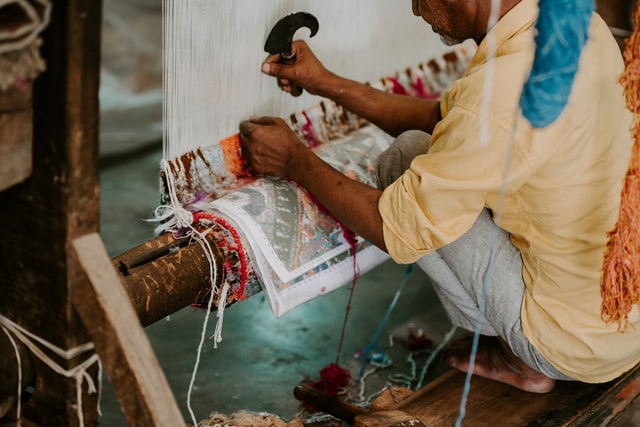India has a diverse climate and wide varieties of soil, facilitating the growth of several types of fresh fruits and vegetables. The country ranks second in the production of fruits and vegetables in the world after China. Annually the Indian subcontinent produces around 183.17 million metric tons of veggies. The production of the plants has given rise to the fruit and vegetable export business in India. Today several vegetable exporters in India contribute 50% to…
India is the land of aromatic spices and flavors. The credit for an authentic taste of Indian cuisines goes to…
Cashew nuts are edible kidney-shaped nuts that are rich in oils and proteins. Cashew is the native tree of Eastern Brazil, and it was introduced in India by the Portuguese around five centuries ago. Initially, the cashew nut tree was used as a soil binder an also was used to check erosion. The commercial cashew cultivation in India began in the early 1960s, and later on, it spread to become the most priced crop to…
The cascading lush long curls are enough to make your heart skip a beat. The sight of the gorgeous hairs…
Honey is a natural sweetener and is prepared by honeybees from the nectar of plants. Since ancient times India has practiced the art of collecting honey why it is the country is also known as the land of honey. Earlier honey was medicinally used to treat a variety of ailments through various ways of application. Upon discovery of the consumable aspect of honey, the demand for it began to increase. The need for honey gave…
Looking for the best handicraft Exporters In India? India is the land of cultural diversity and rich heritage. The diverse…
India is the land of diversity that is popular not just for its culture and traditions but also for its market’s vibrancy. India is a South Asian nation that shares its land borders with China, Nepal, Bhutan in the north, Burma and Bangladesh in the east and Pakistan in the west. The Indian subcontinent shares its borders with these countries and gets its import and export business from here. India boasts of a flourishing trade…

